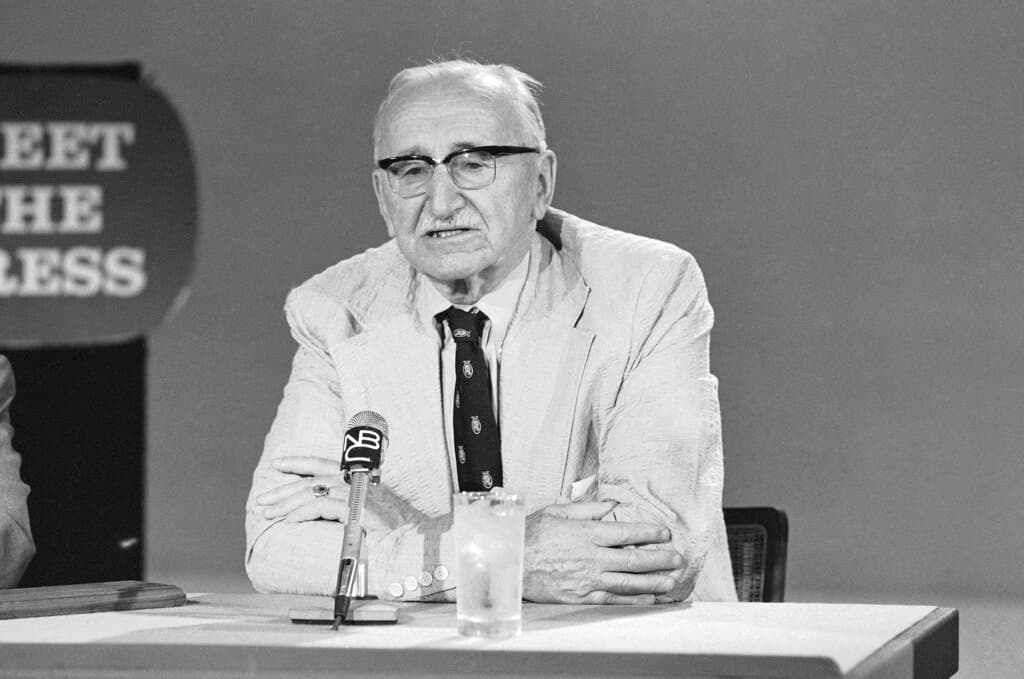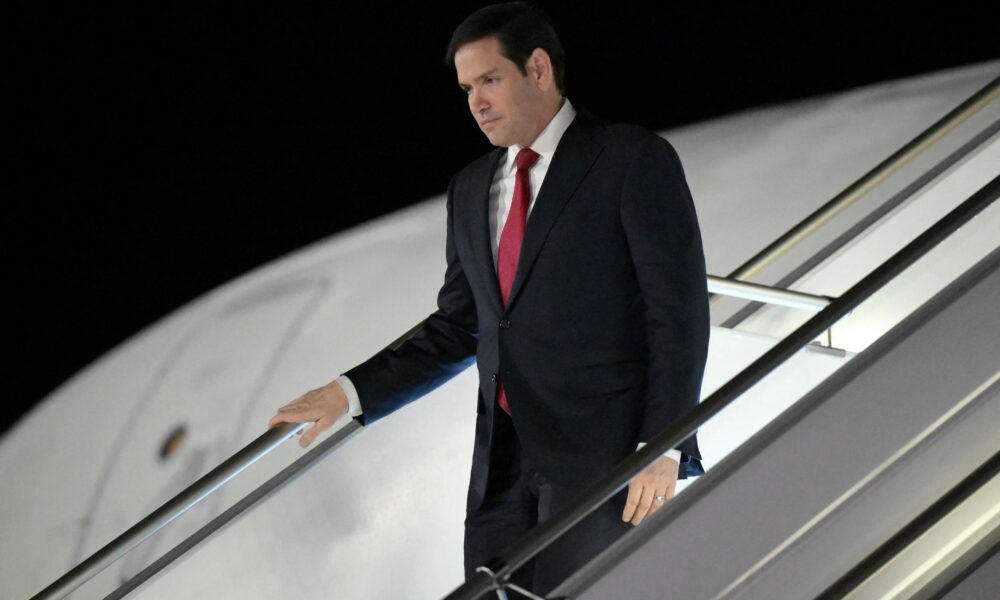UPDATE: Central banks are rapidly pivoting towards gold, as new reports confirm a significant surge in gold purchases amid ongoing concerns over fiat currency stability. This shift is particularly urgent as the value of the U.S. dollar has depreciated by a staggering 99 percent against gold since the Bretton Woods era.
In a revealing development, central banks are now increasing their gold reserves, demonstrating a critical response to the challenges posed by unlimited fiat printing. A recent analysis shows that the unrealized profit of the U.S. Treasury on its gold holdings has reached approximately $1 trillion, highlighting the stark contrast between the stability of gold and the instability of fiat currencies.
The implications of this trend are profound. As Friedrich Hayek argued in his influential essay “Choice in Currency,” governments have historically exploited their monopoly on money, leading to currency depreciation and eroding purchasing power. Hayek advocated for a system that allows competition among currencies, which appears to be materializing as central banks reevaluate their asset allocations.
Current dynamics reveal a major turnaround from earlier sentiments, such as Harry Dexter White’s assertion during the 1944 Bretton Woods Conference that the U.S. dollar and gold were synonymous. Fast forward to today, and central banks worldwide are rediscovering gold’s value as a reserve asset. This shift marks a significant break from the belief that gold was a “barbarous relic,” as termed by a Financial Times editorial in 2004.
The growing demand for gold is evident, with many central banks actively purchasing the metal, signifying a potential return to a gold-backed currency system. The Federal Reserve, in contrast, has reported total losses of around $1 trillion when accounting for both operational and mark-to-market losses, raising questions about the future of fiat currency stability.
This evolving landscape is critical for global financial markets and individual investors alike. As central banks navigate the complexities of currency management, the increasing role of gold could bring about significant changes in investment strategies and monetary policies worldwide.
What’s next? Analysts are closely monitoring how this trend will affect global currency markets and whether the momentum towards gold will continue. As more central banks embrace gold, the call for a diversified monetary approach grows louder, potentially reshaping the financial landscape in the coming years.
Stay tuned for more updates on this developing story as the competition between fiat and gold unfolds. The implications for economies and individual savers are profound and warrant immediate attention.






